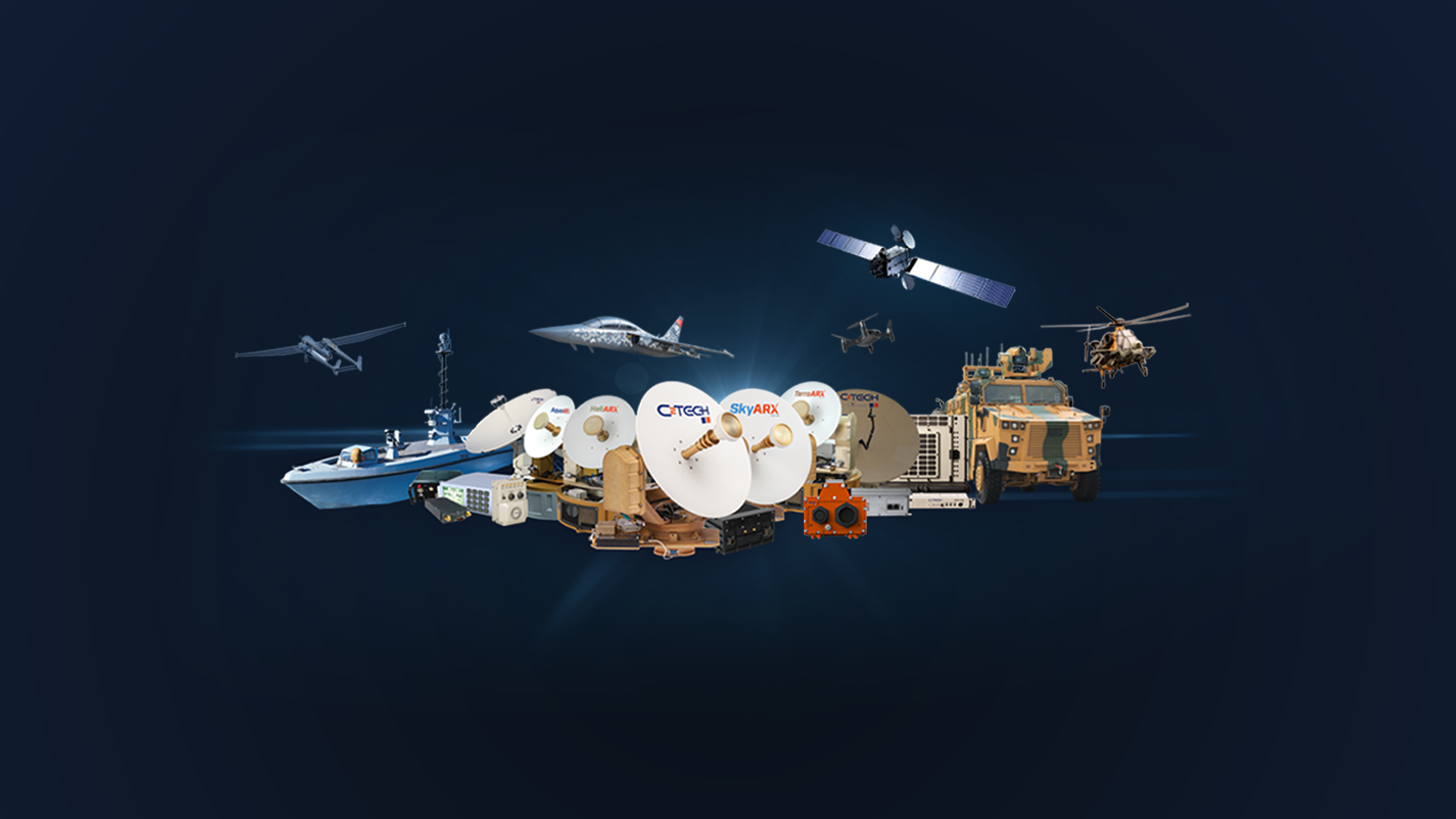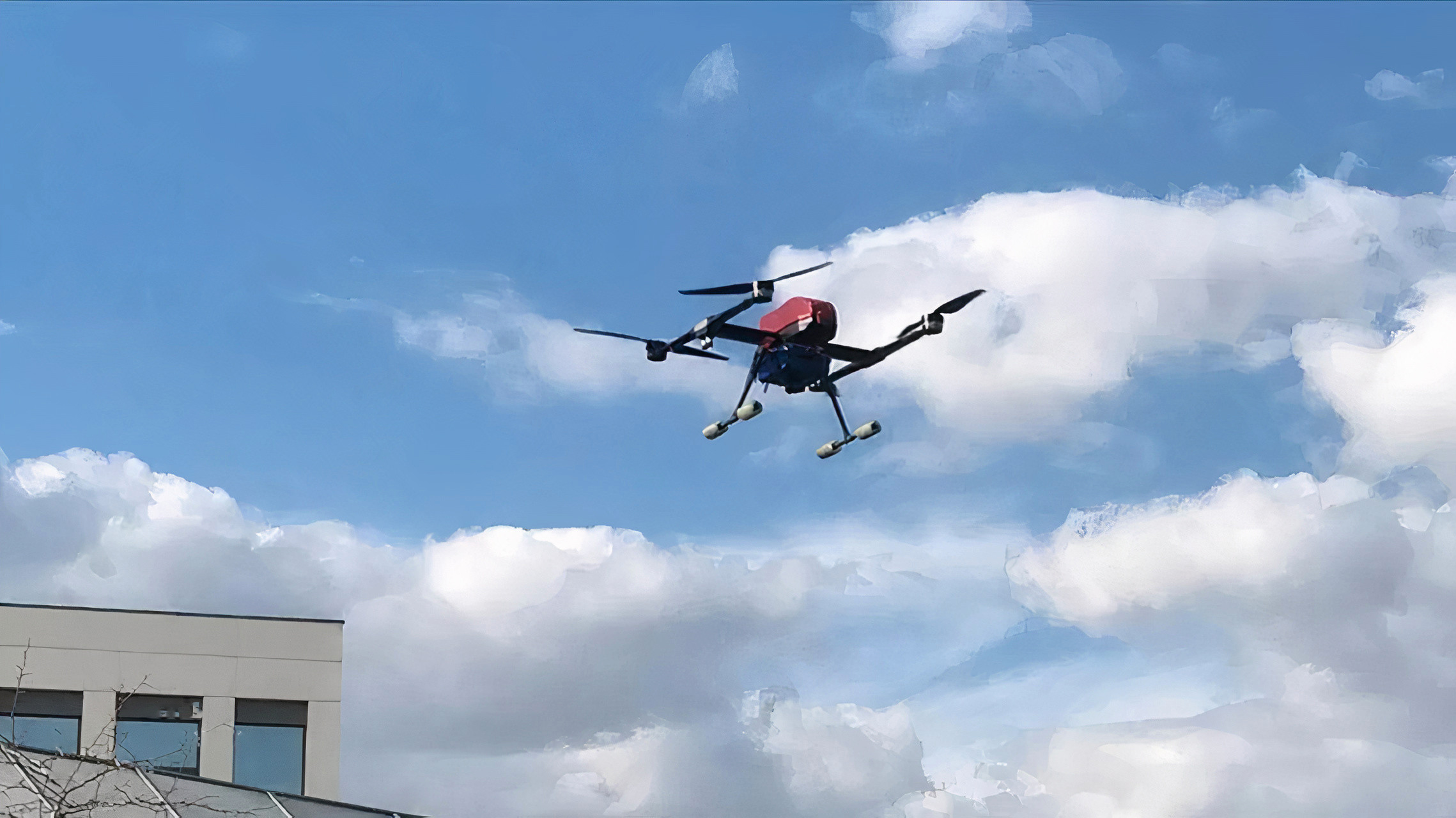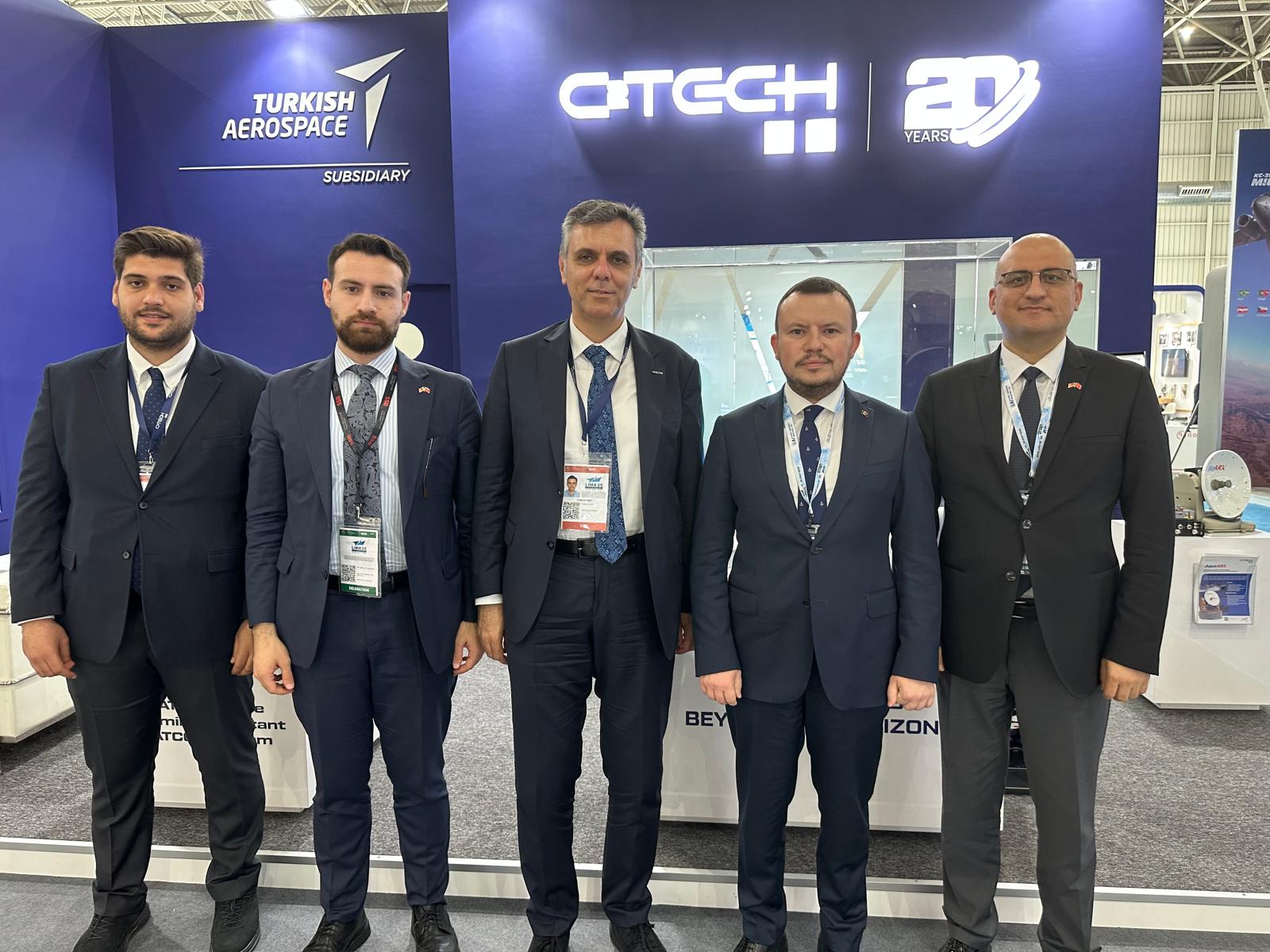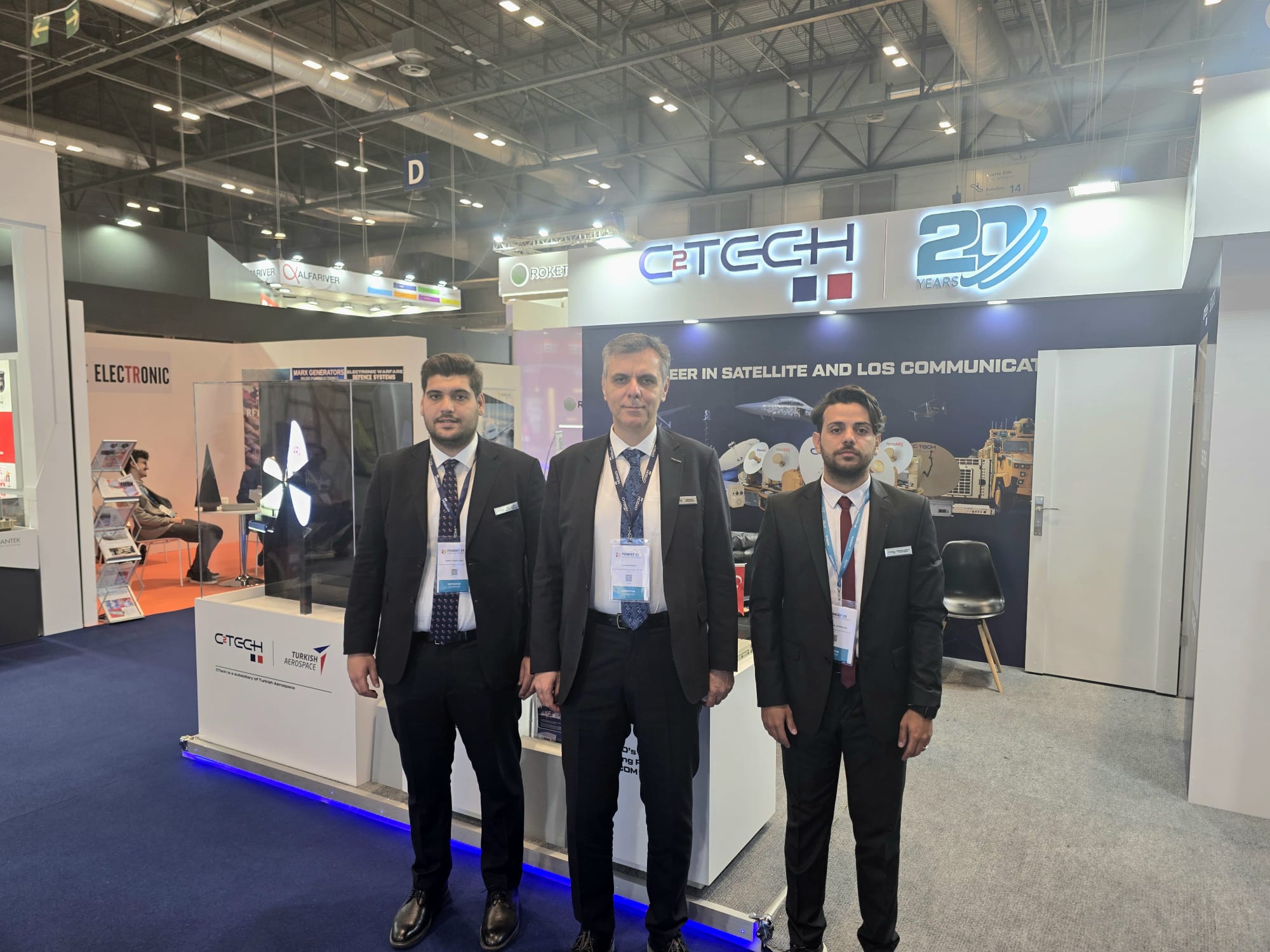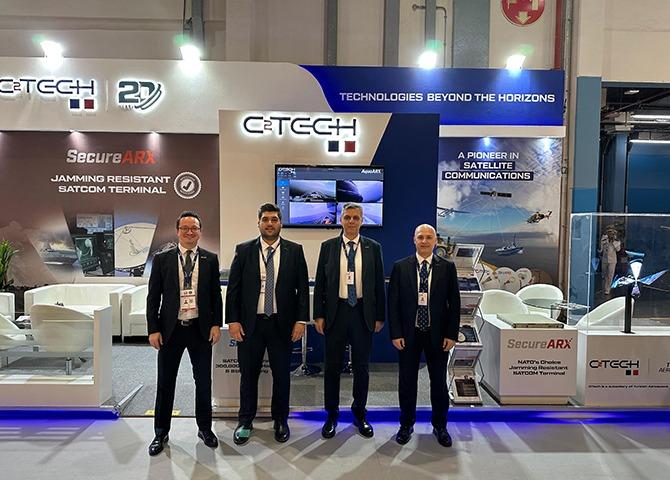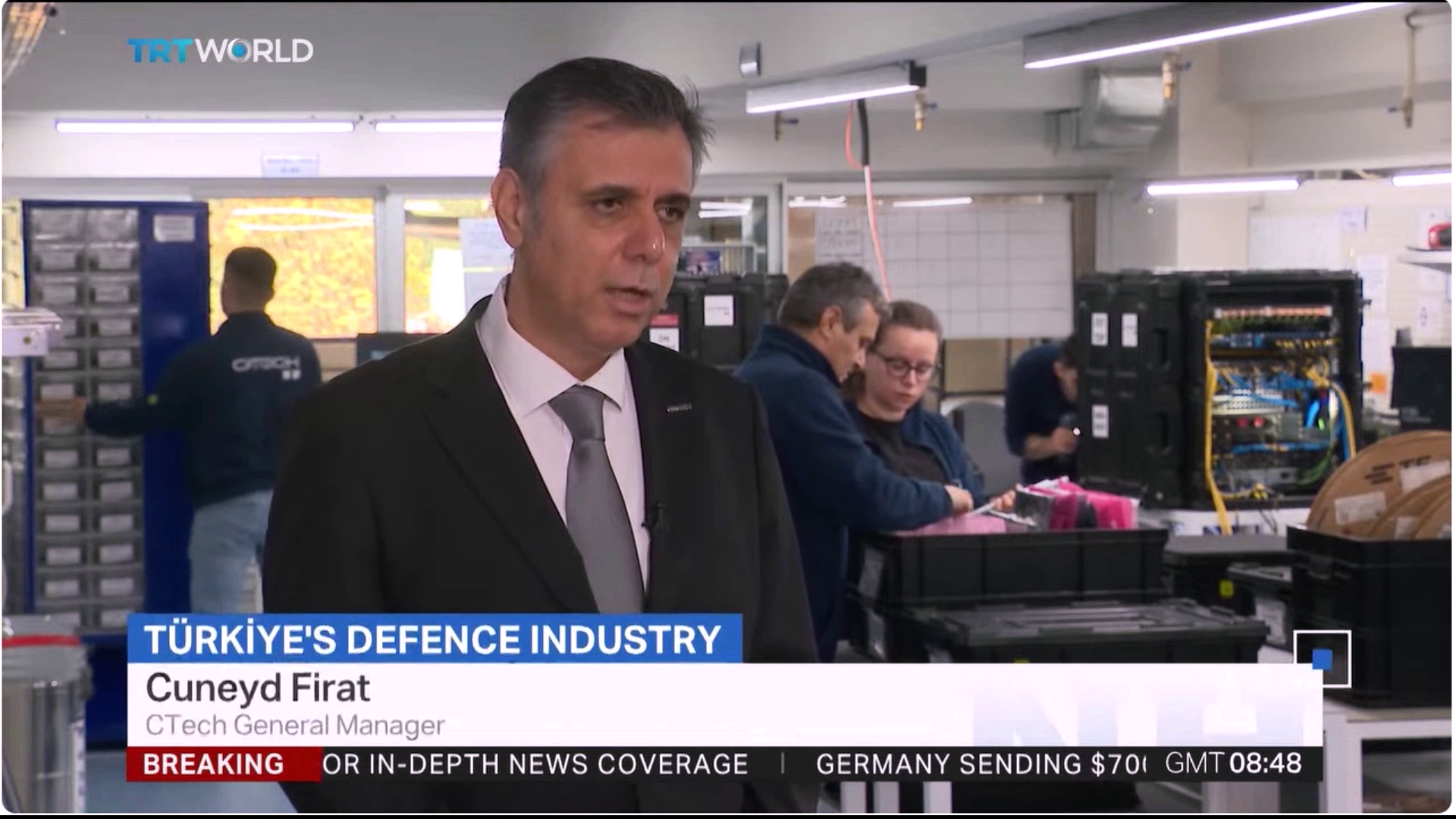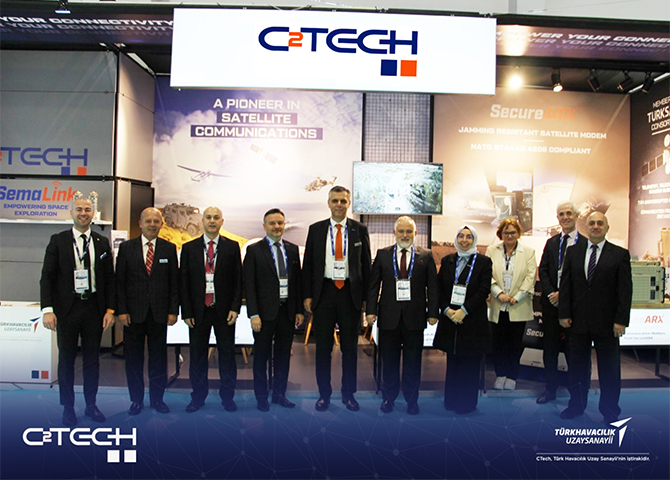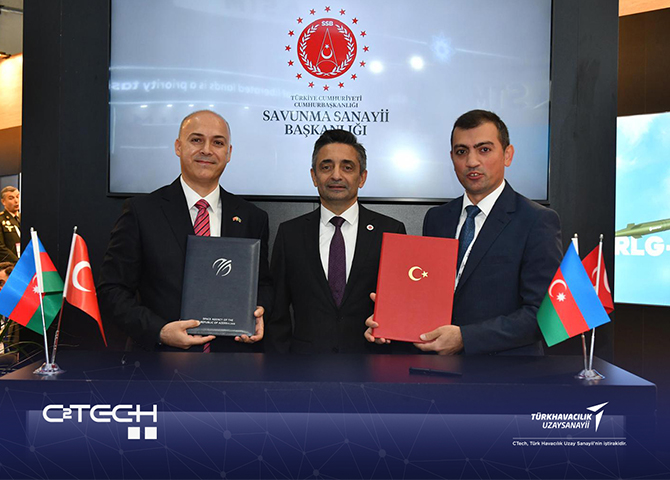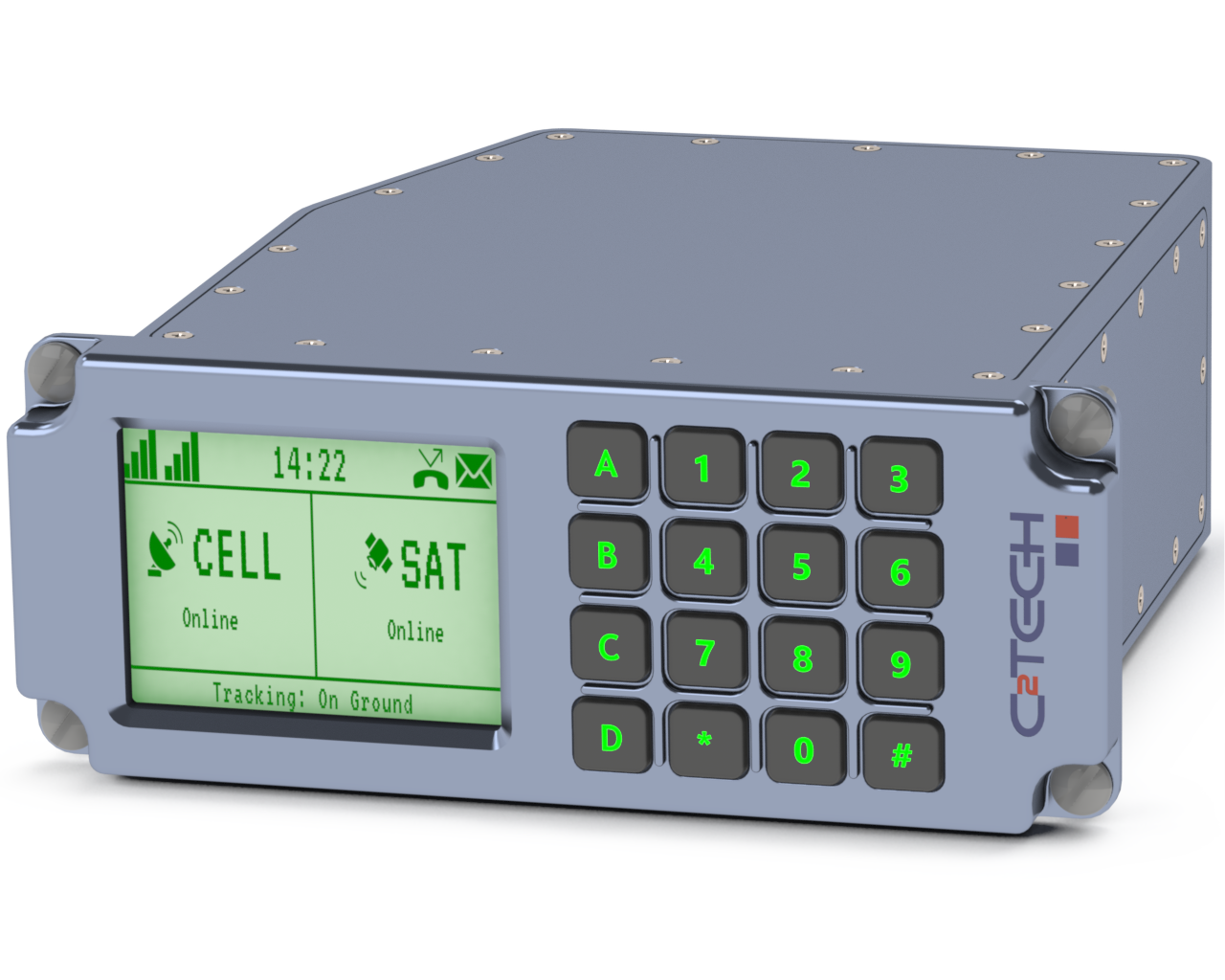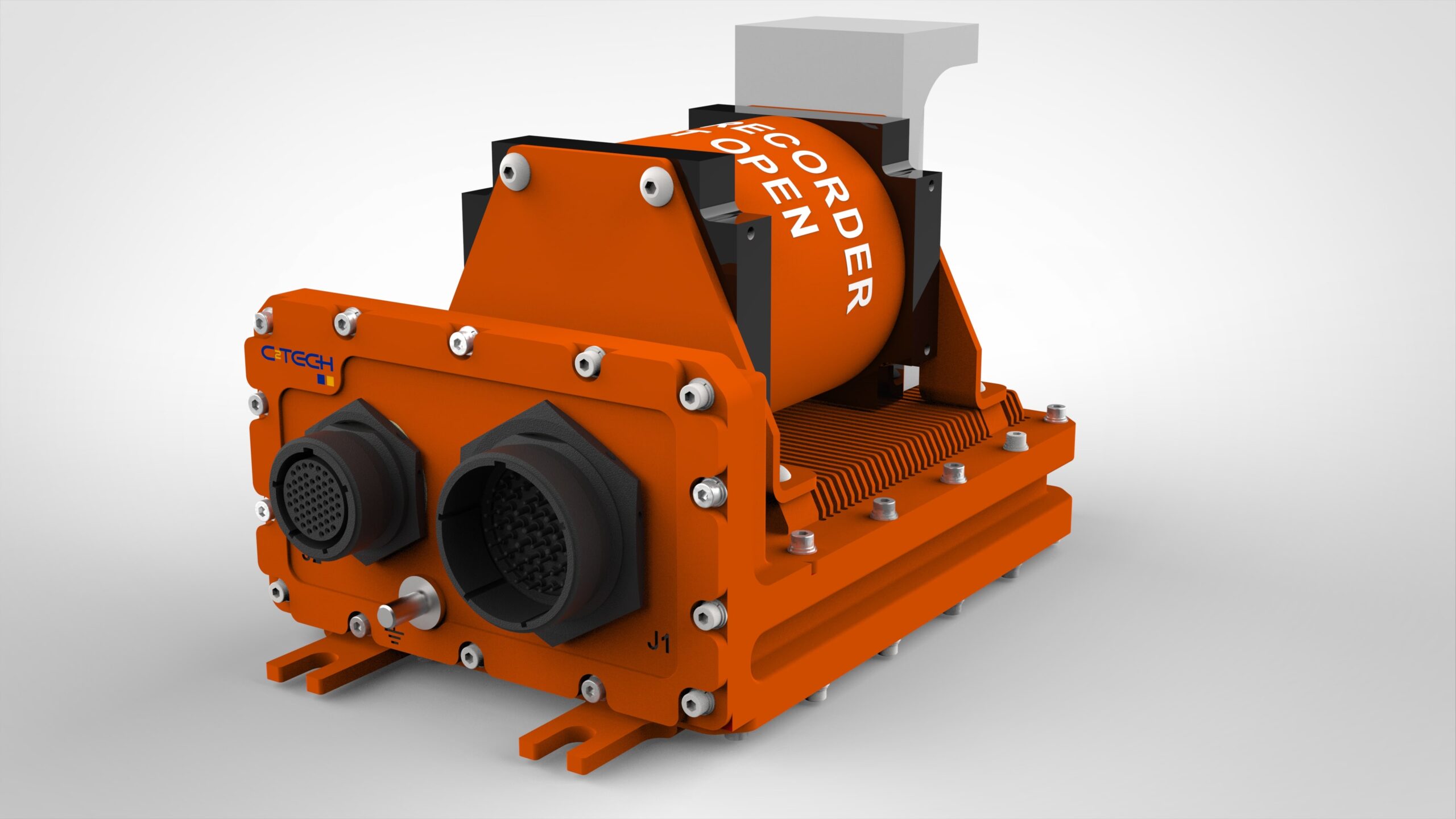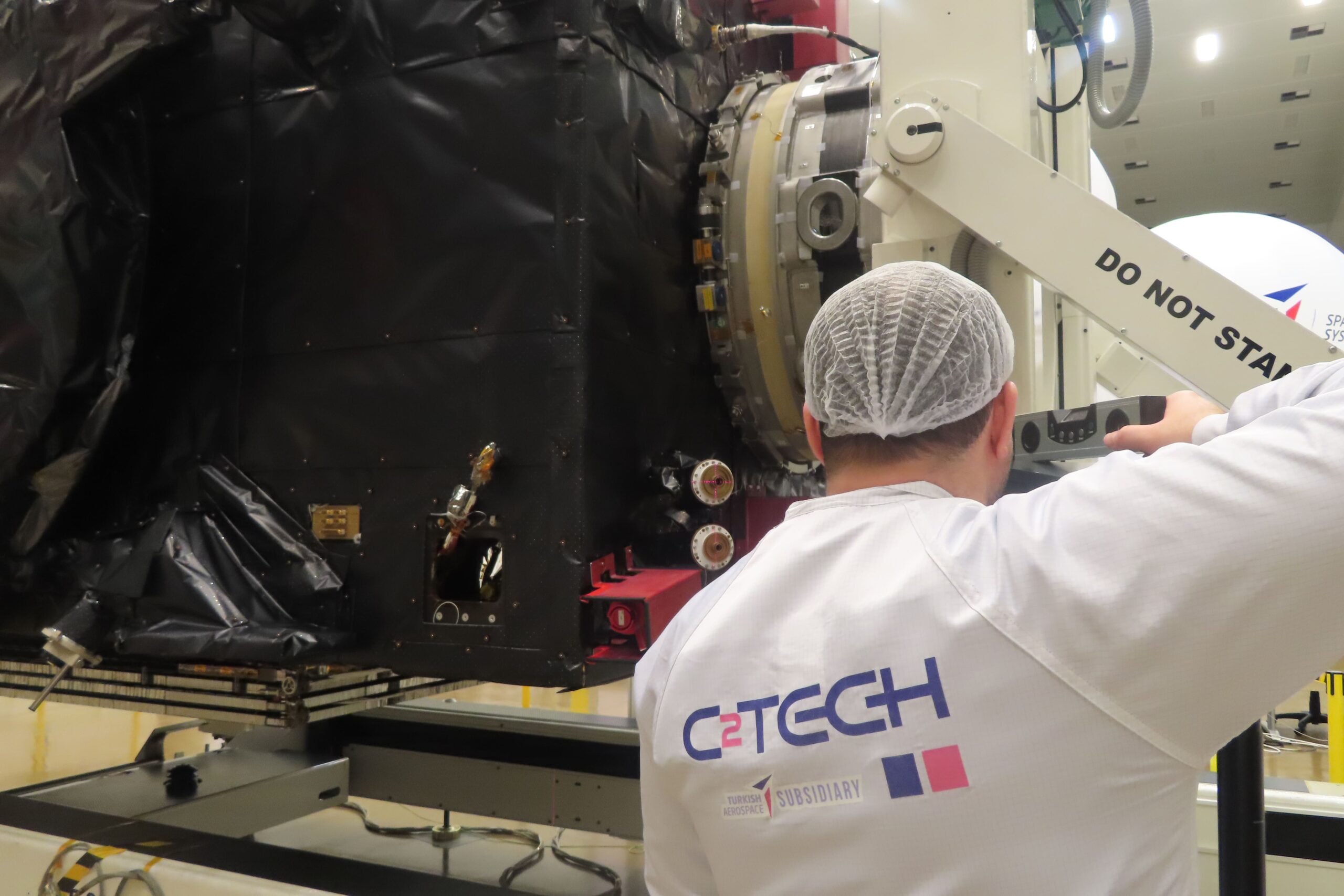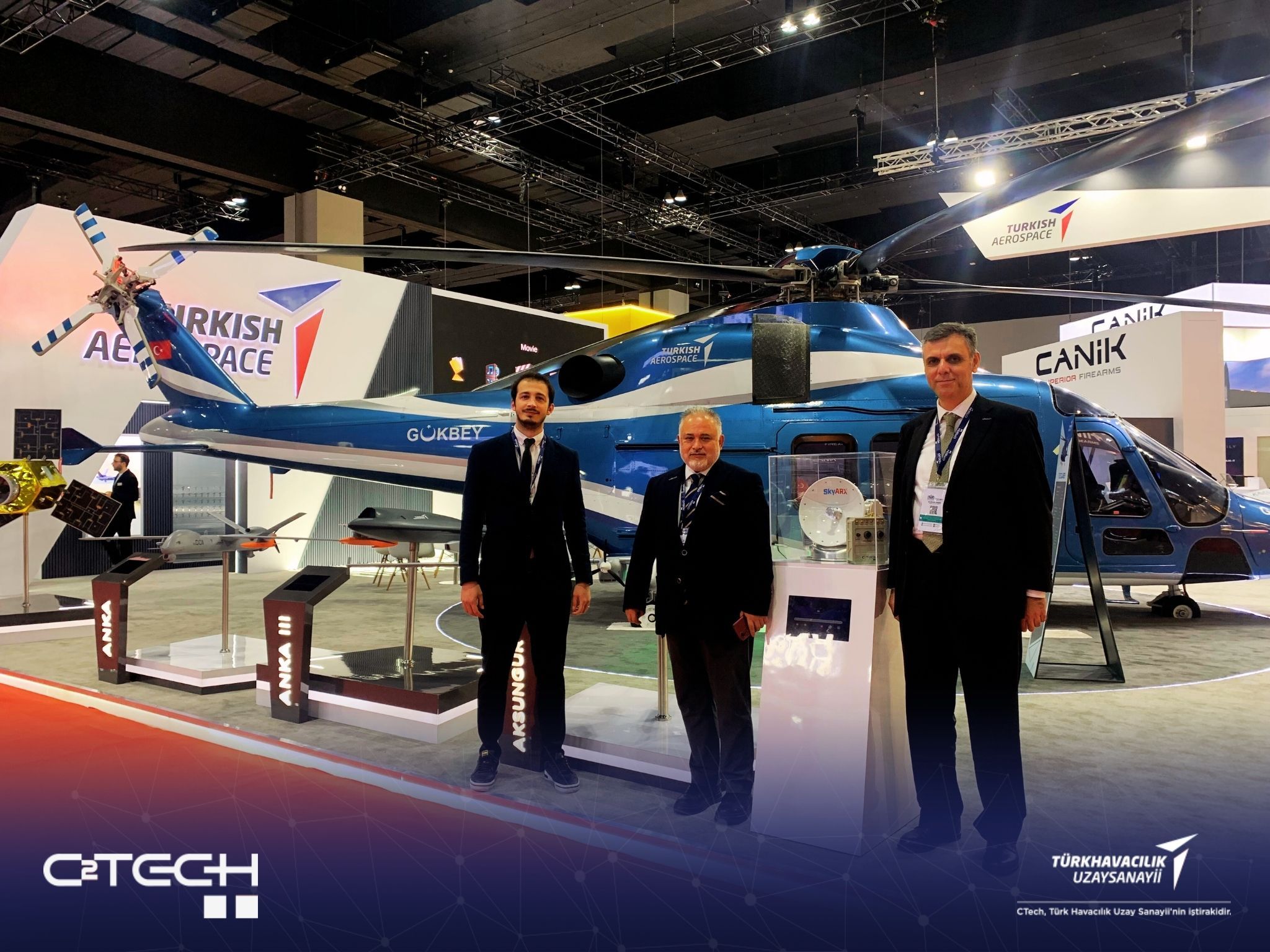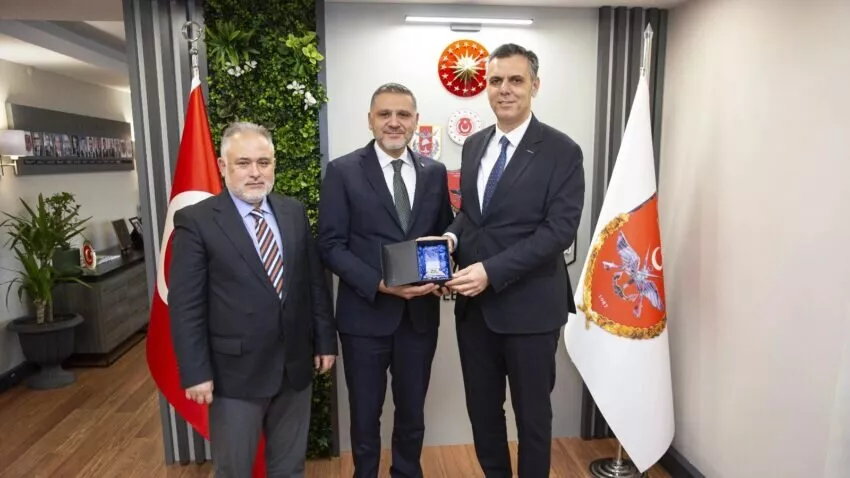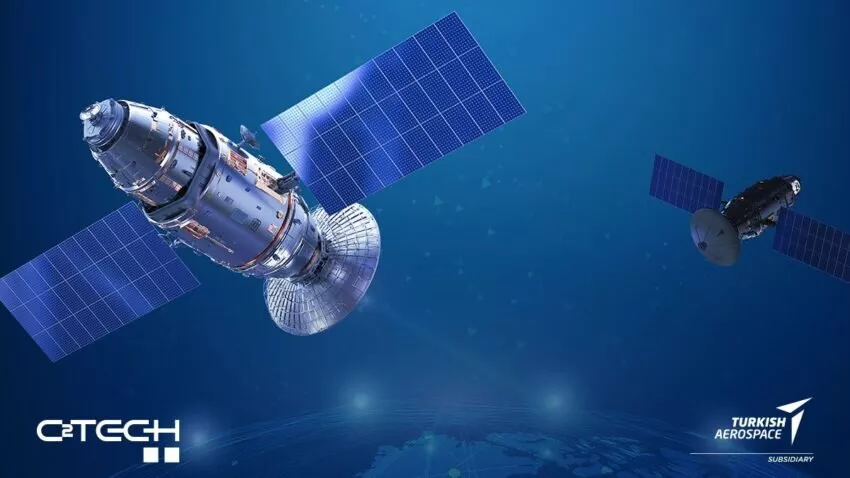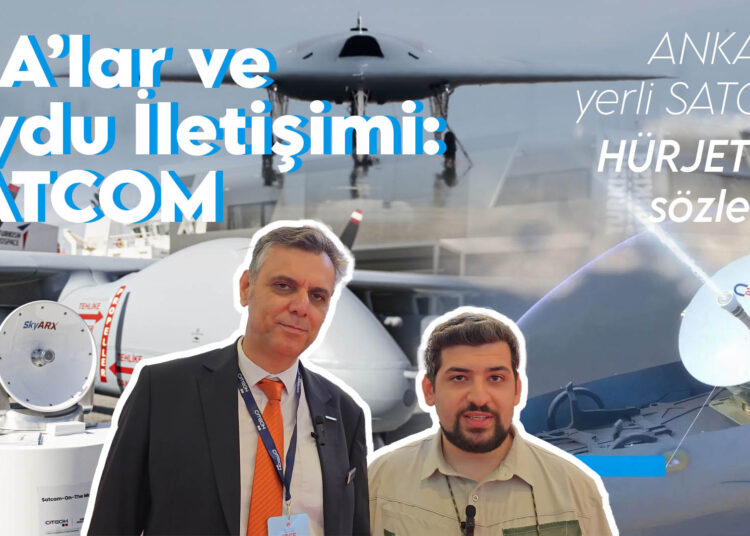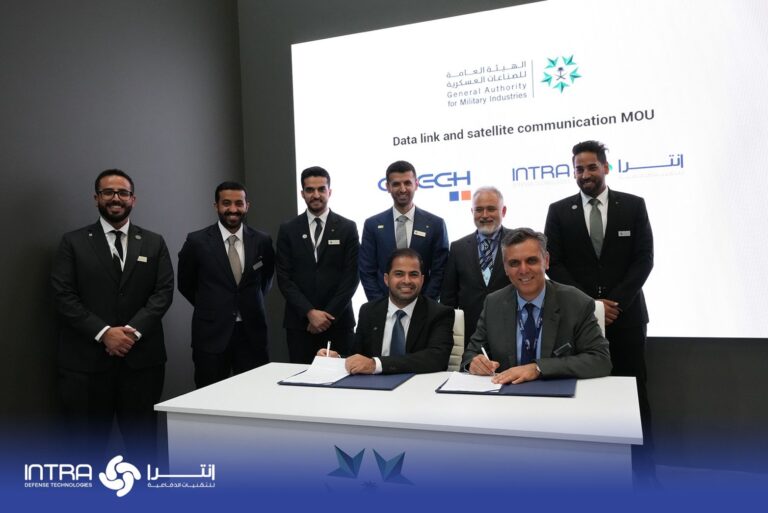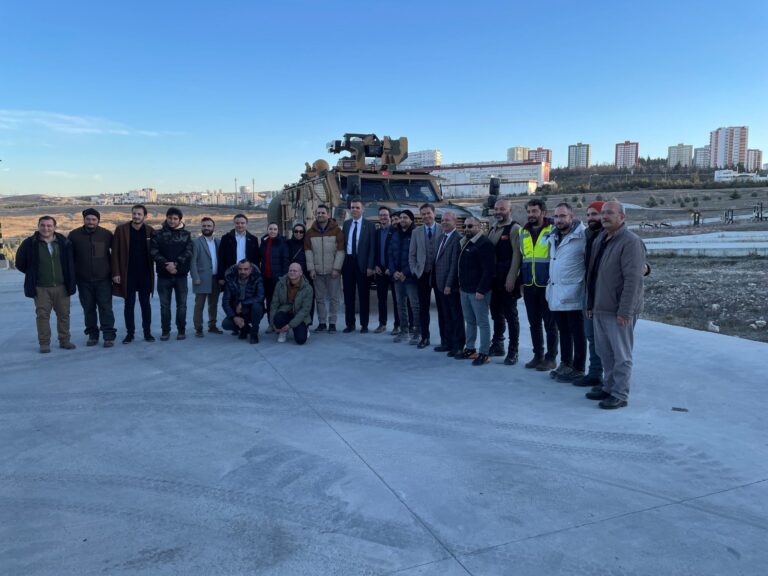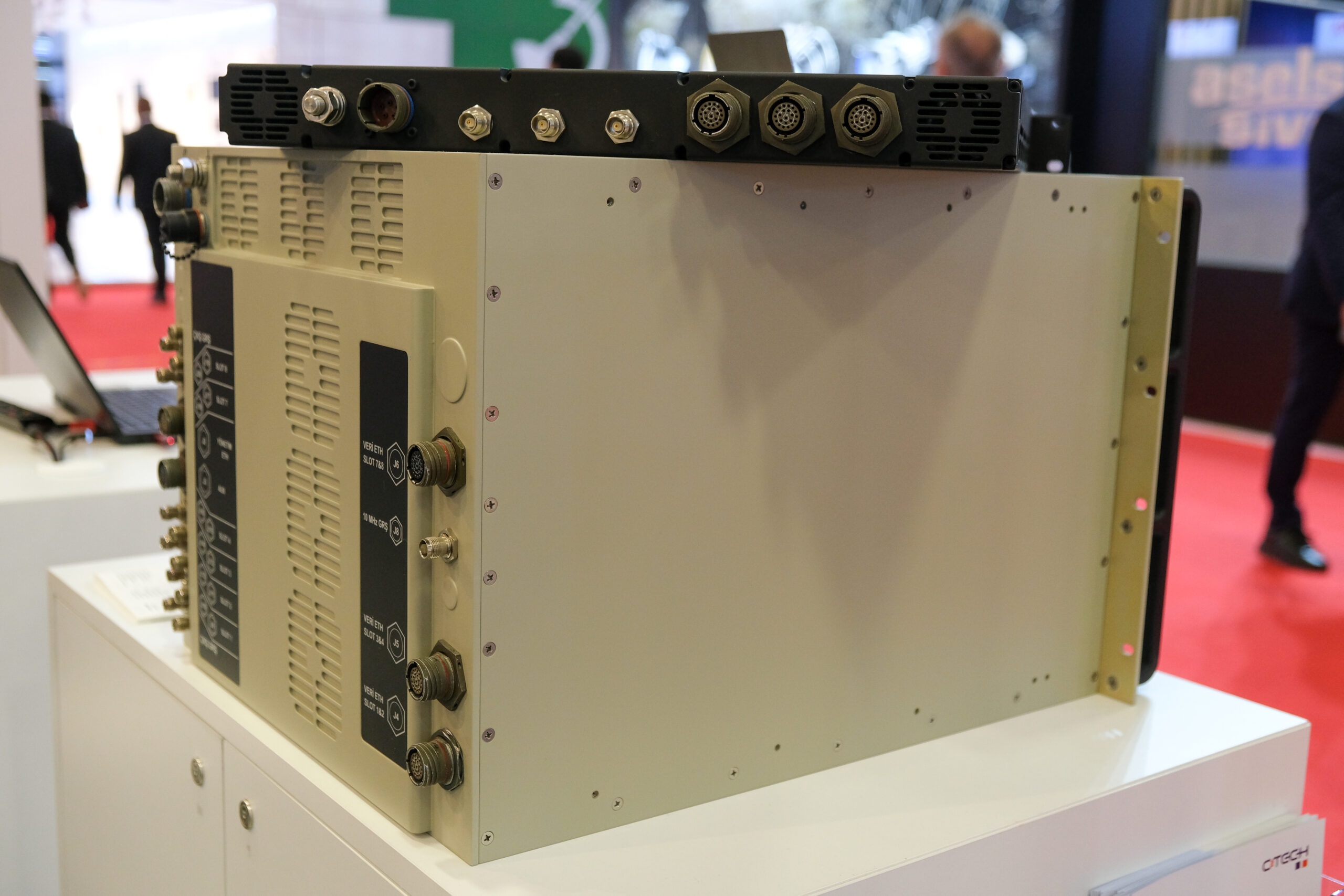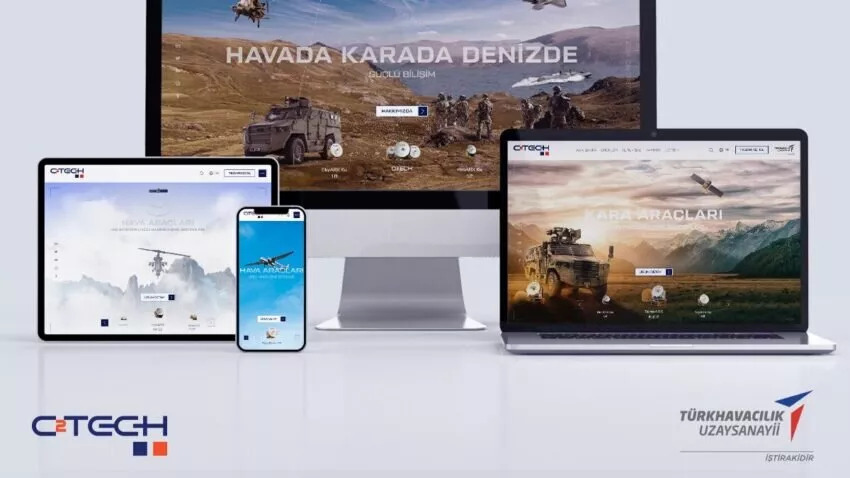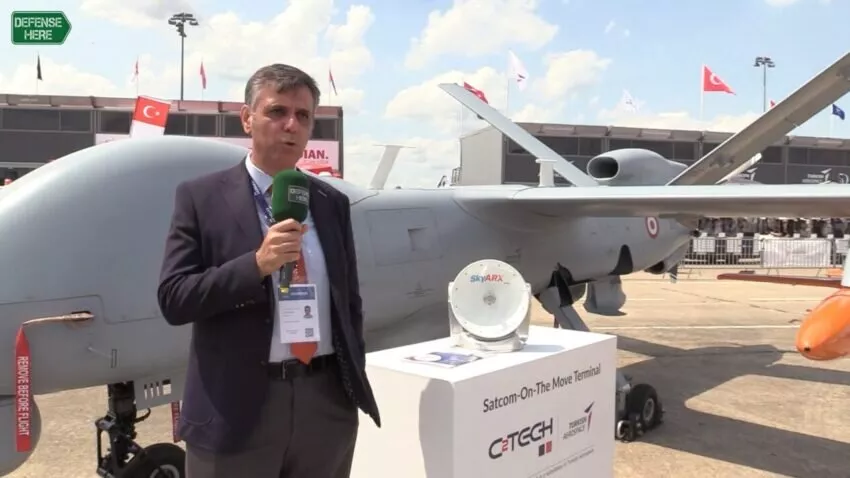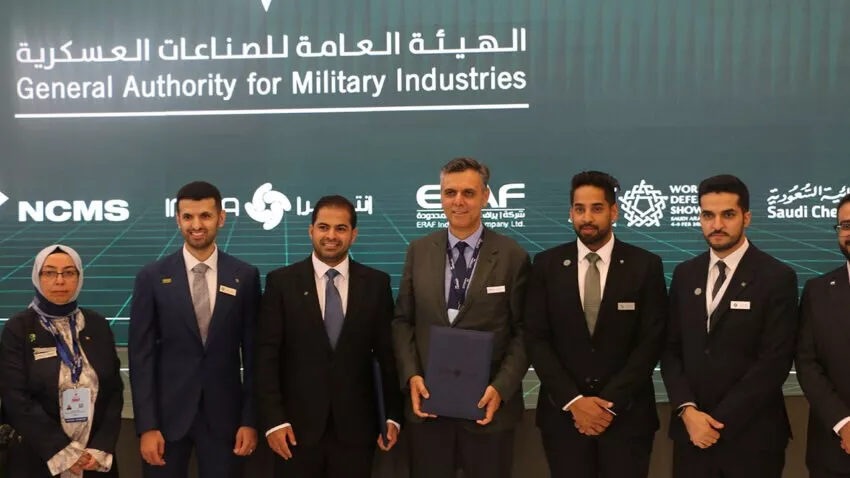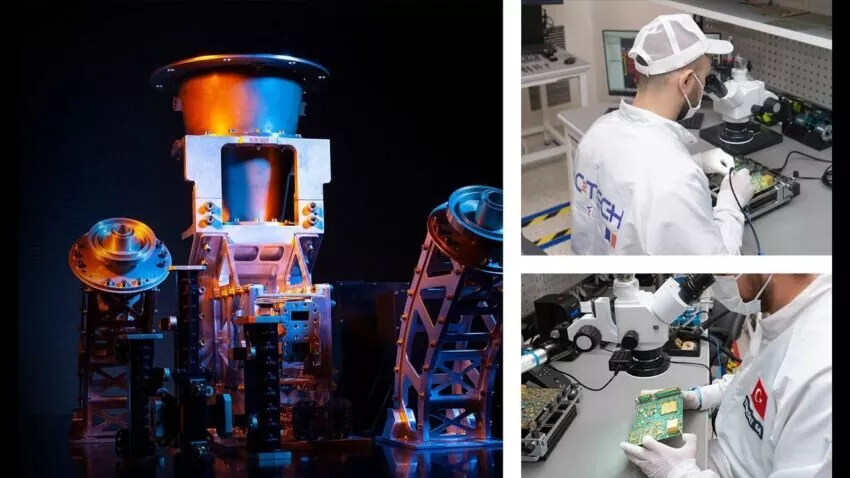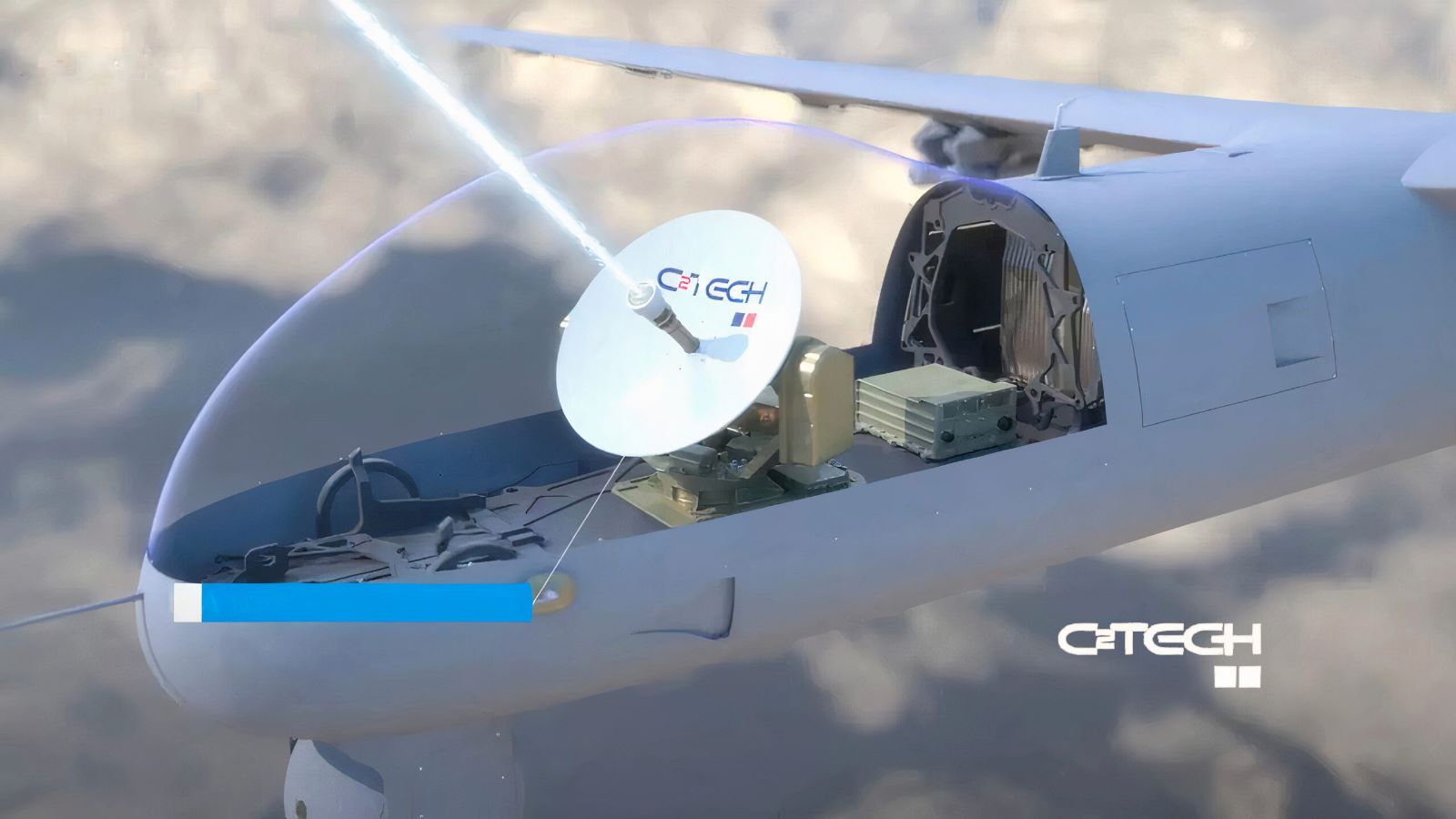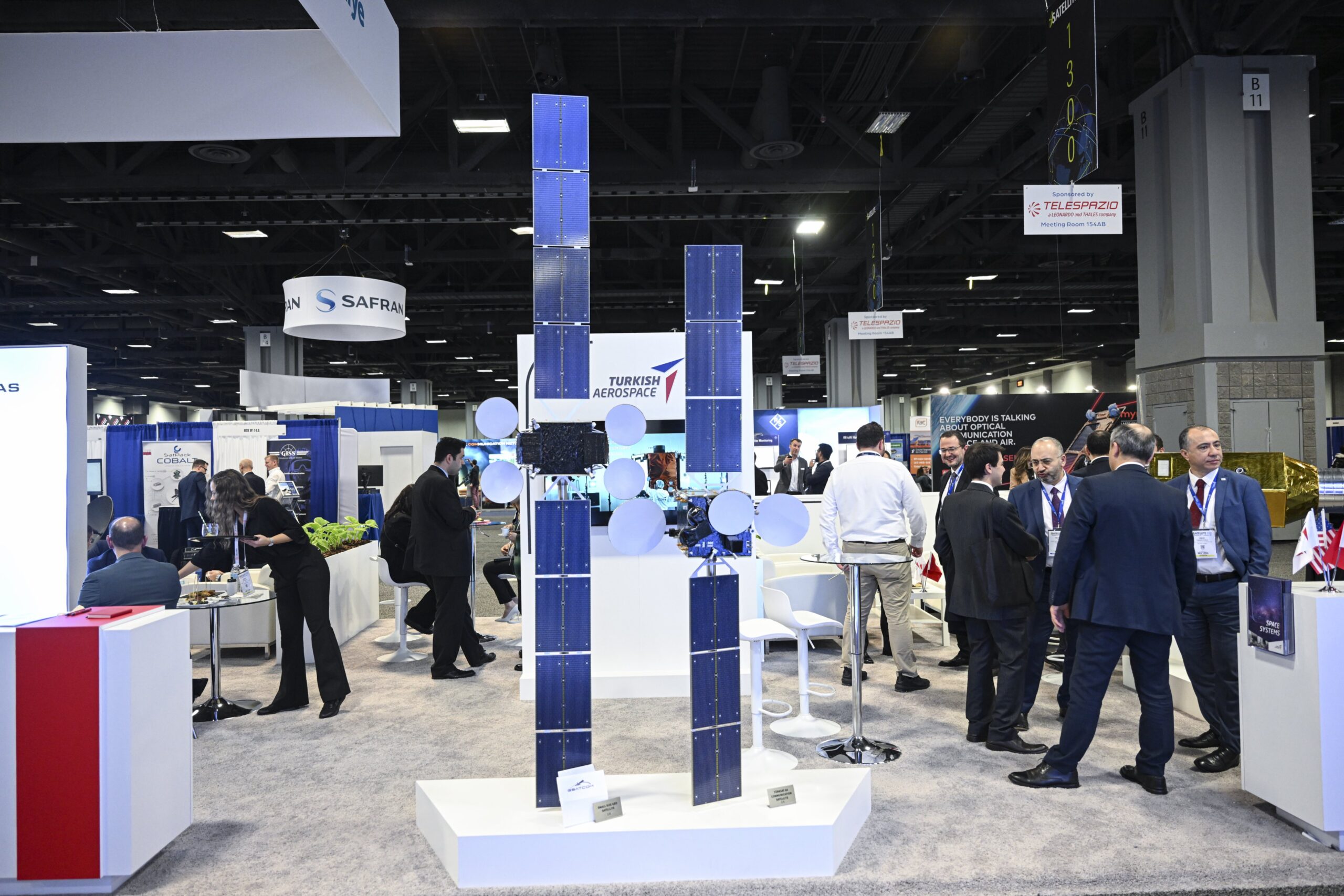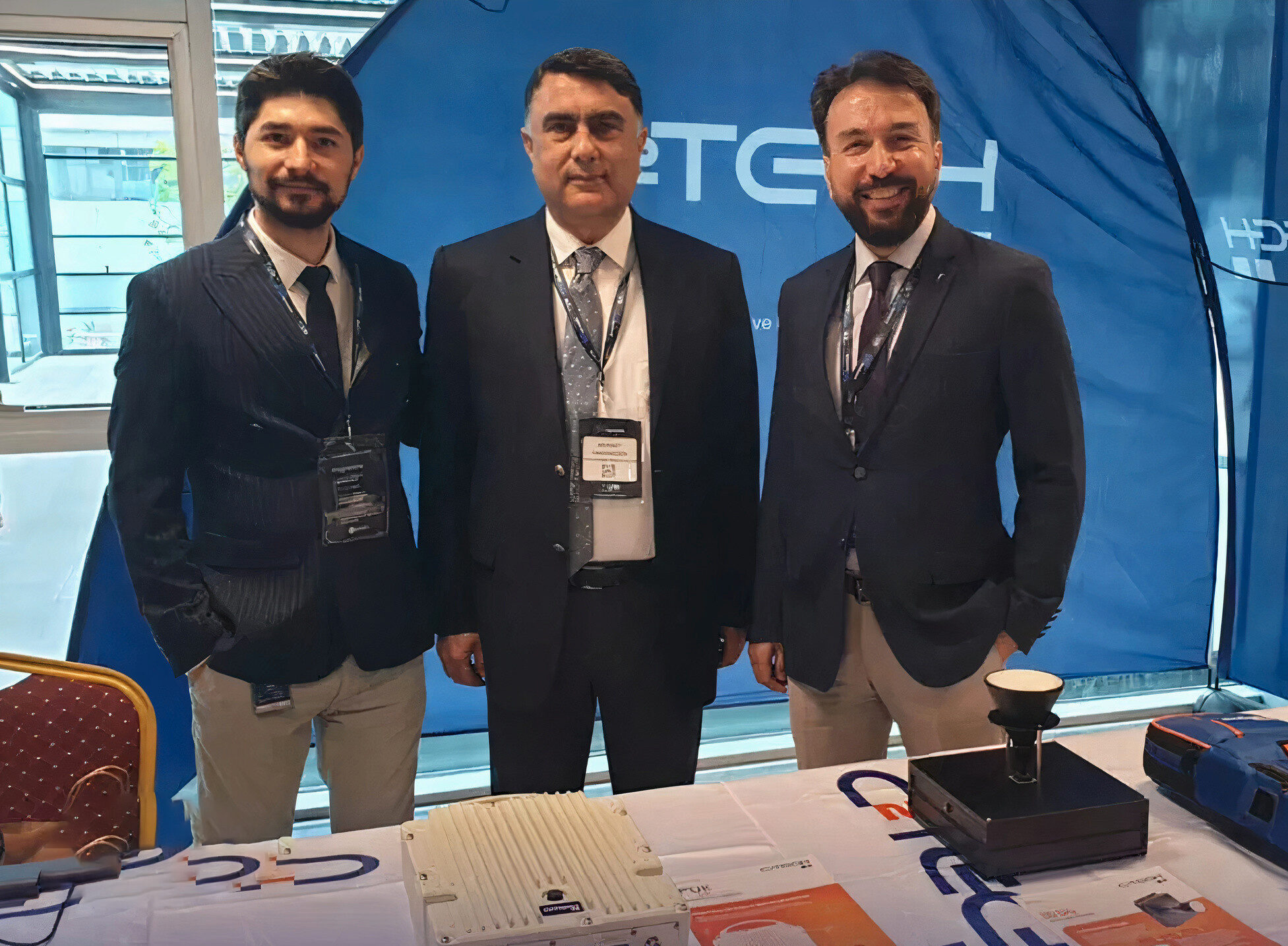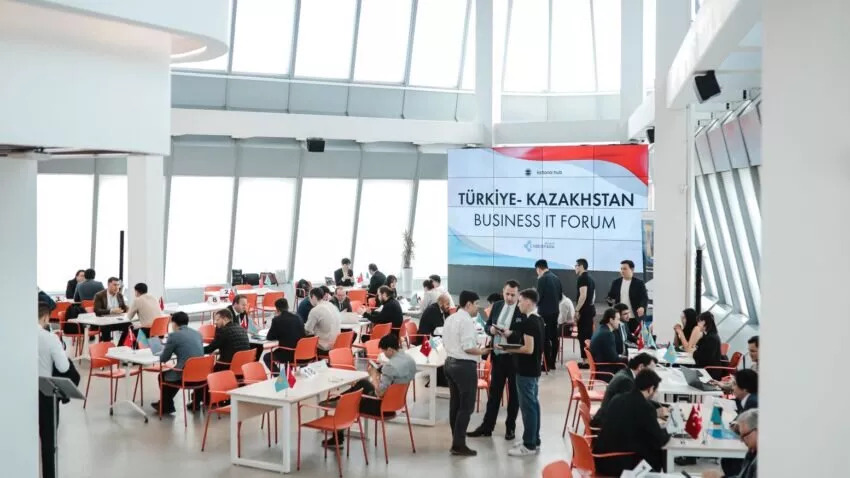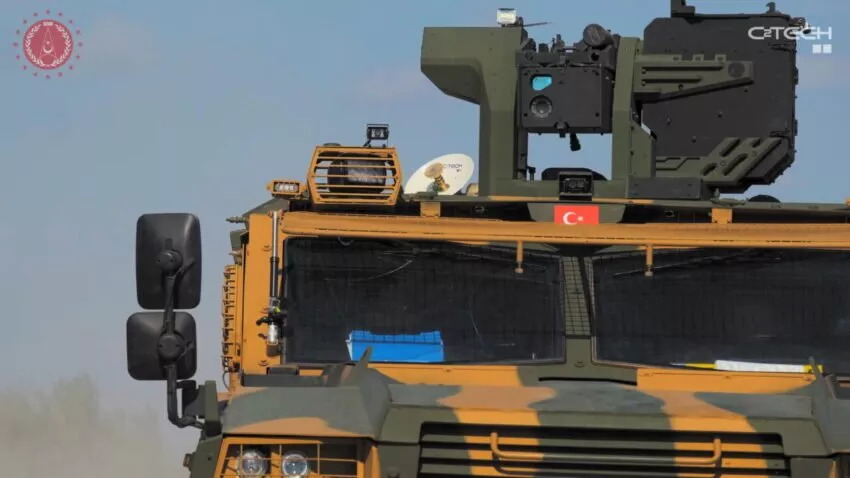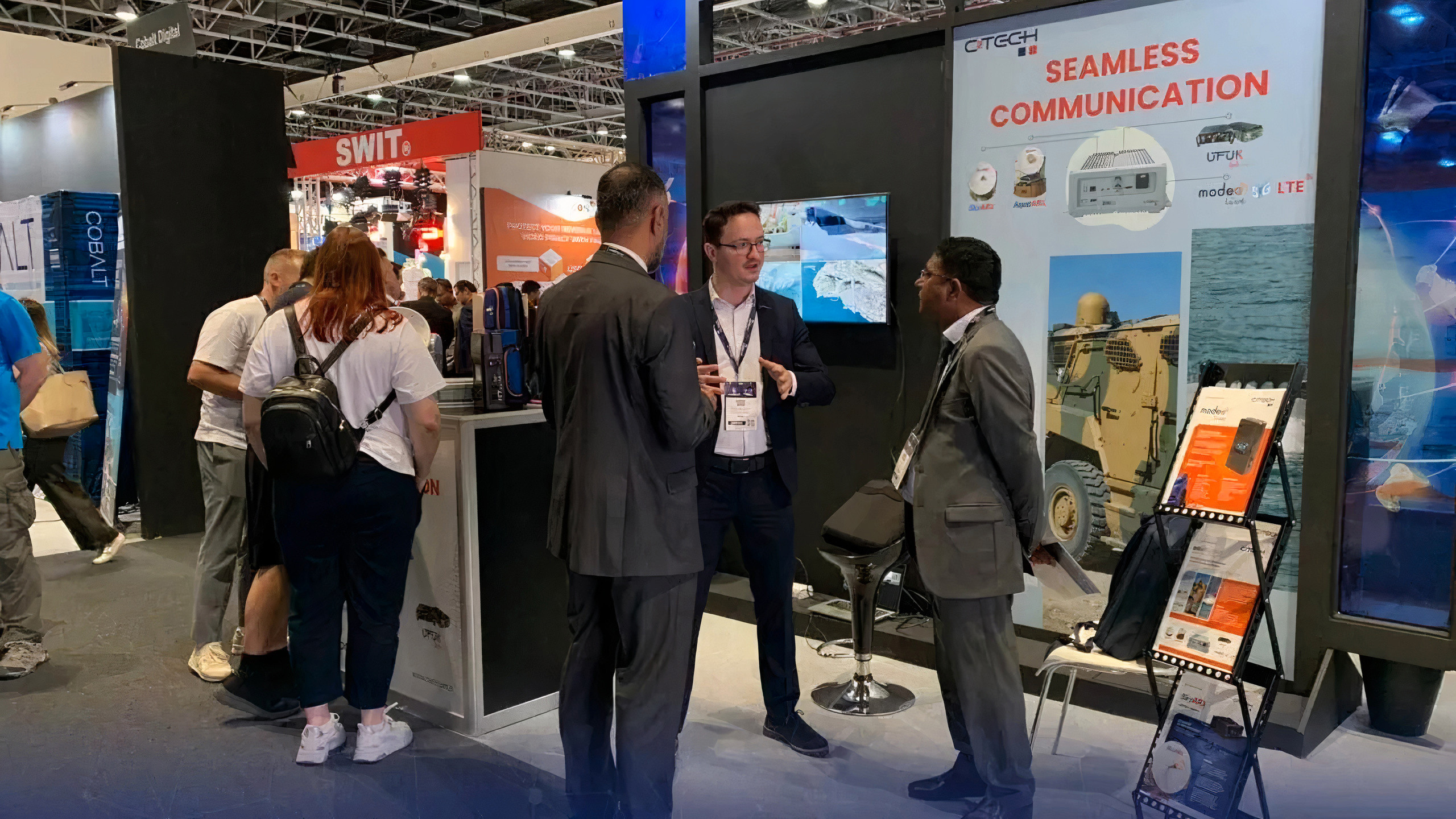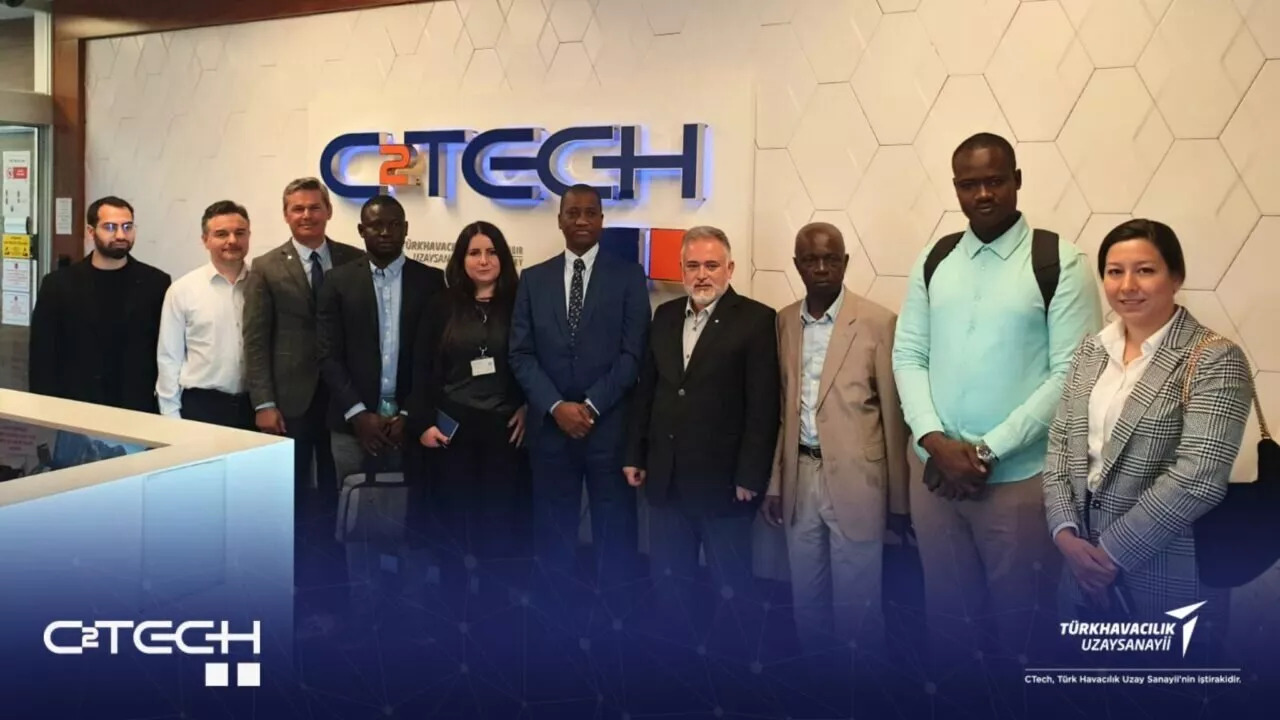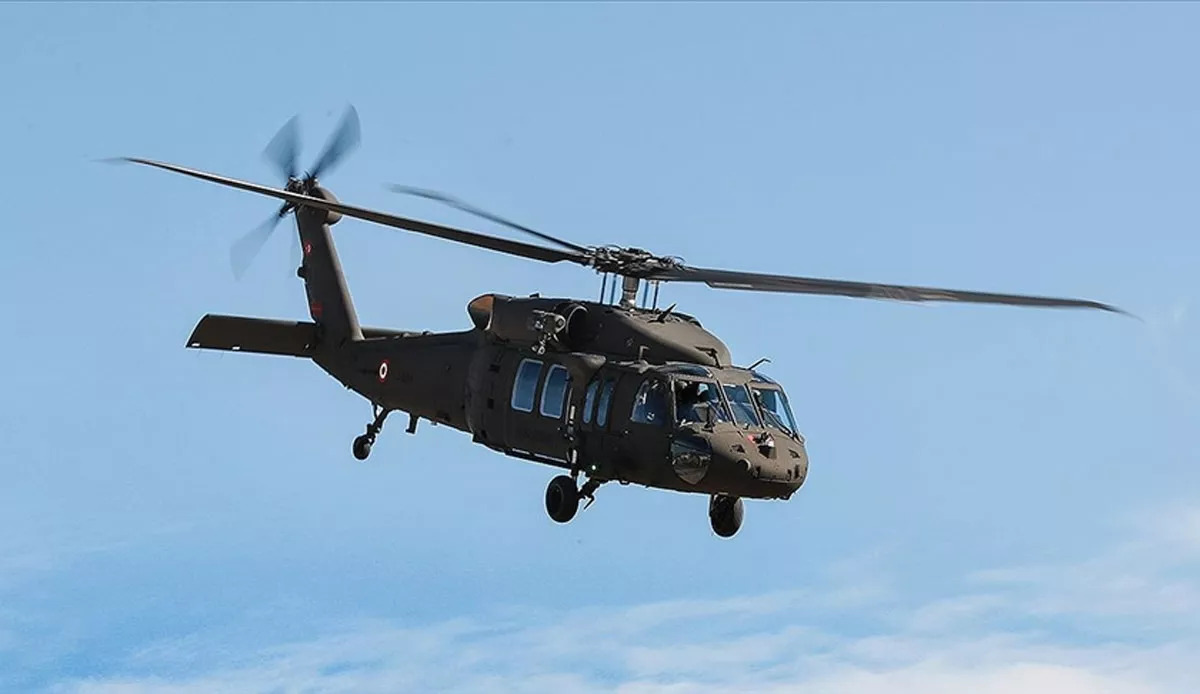Turkish defense industry is expanding the remote control capabilities of rotary-wing drones following tactical and medium-altitude long-endurance unmanned aerial vehicles (UAVs) such as Anka, Aksungur, and Bayraktar Akıncı.
According to information obtained by AA correspondent, CTech, a technology company specializing in unmanned aerial vehicles, collaborated with Zyrone Dynamics, a technology company providing software and communication solutions, for the remote control of drones.
By integrating CTech’s patented MOBIoT product, which enables multi-channel communication, into Zyrone Dynamics’ ZCQM aircraft, real-time data communication and image transfer were achieved, allowing the aircraft to be controlled beyond visual range.
As a result, the aircraft stationed in Ankara-Ayaş successfully performed its mission flight by being controlled from Doha, Qatar.
This development opens the door to a product family that can meet the needs of various sectors, enabling beyond visual range and autonomous control of public area and facility security, as well as the inspection of power lines, pipelines, wind turbines, and base stations.
The system ensures continuity in urban areas where RF links may experience interruptions through 4.5G and satellite communication, while in rural areas where 4.5G network coverage is limited, communication can be maintained through satellite connectivity. This provides a solution to coverage issues using a lightweight, mobile, and broadband system that can even be used by mini drones.
High-performance for manual and autonomous use
For the project, Zyrone’s ZCQM drone was integrated with CTech’s MOBIoT software and hardware infrastructure, which features “mobile IoT multi-channel communication technology.”
MOBIoT, developed to combine multiple 4.5G networks, satellite, and RF links to ensure uninterrupted data and image transmission, was modified to integrate with ZCQM’s universal avionic architecture, enabling both image transfer and digital communication for controlling the vehicle.
MOBIoT, integrated into the aircraft, securely transmitted the captured imagery and telemetry data to servers with high-bandwidth connections, minimizing the possibility of data interruption. The received data in the secure server was processed with minimal latency in real-time-like image analysis and vehicle control software. This allowed ZCQM to be sent on missions, whether manually or autonomously, with a performance similar to that of an in-line-of-sight data link.
The system also supports 5G infrastructure, allowing for higher performance in environments where this infrastructure is installed.
Facilitating various sectors
Drones with satellite control capabilities will provide unique solutions in applications requiring beyond visual range data link, including the inspection of energy transmission lines, base stations, oil pipelines, as well as scenarios requiring emergency response and border and facility security.
In addition, the integration will be applied to Zyrone’s ZCOM aircraft specialized in heavy cargo transportation for beyond visual range delivery and aircraft tracking purposes. This will increase Zyrone’s local market share in international markets where it currently operates.
The integration roadmap includes geometric shape changes, weight reductions, and application-specific camera integrations. The final productization activity will begin with high-resolution daytime cameras and later expand to include thermal and multi-spectral camera options.
Enhanced capabilities
Murat Kanber, co-founder of Zyrone Dynamics, stated that there are various types of aircraft serving in different sectors in different countries. He highlighted that by integrating CTech’s product into their drones, they enable remote control and image transmission beyond visual range, expanding the use of drones in the global market and increasing their local share in applications such as cargo transportation, power line inspections, and oil pipeline surveillance.
Kanber explained that they successfully controlled the drone in Ankara from Qatar, enabling real-time image transmission in scenarios such as the inspection of oil pipelines. He added, “There are many
areas where these capabilities of UAVs can be utilized. These areas can be enriched with various payloads and customized according to specific needs. By integrating different payloads, we will complete our productization activities. CTech’s product will also be specialized for UAVs, taking different forms and enhancing its capabilities.”
From small to large UAVs
Caner Törün, Business Development Manager at CTech, stated that they produce critical communication technologies for autonomous missions of air, land, and sea platforms. He emphasized that their focus is on eliminating the limitations of each communication channel in their developed products and solutions and ensuring uninterrupted communication by using them together.
Törün said, “With this capability, we undertake significant missions in unmanned sea, land, and air vehicles. On the communication side, we provide full independence with our domestic products. Through our collaboration with Zyrone, we offer solutions in both military and civilian fields, utilizing this capability from the smallest UAV to the largest UAV. In our initial trials with Zyrone, we achieved very successful results. Currently, we can provide uninterrupted communication in civil and security fields using our domestic and patented multi-channel communication algorithm. Our software and hardware, developed by CTech, work on a multi-channel architecture called MOBIoT, which enables the simultaneous use of GSM, LTE, and 5G networks from all operators. With MOBIoT, we create a broadband connection. Thus, we transfer high-resolution images with uninterrupted and low-latency transmission. We use a patented multi-channel communication algorithm. When you go out of the coverage area of one network, you can continue with another technology. We are entirely connected to the command center as much as the energy allows. We have surpassed this boundary in communication with the collaboration with Zyrone. We see this being reciprocated in many application areas.”

